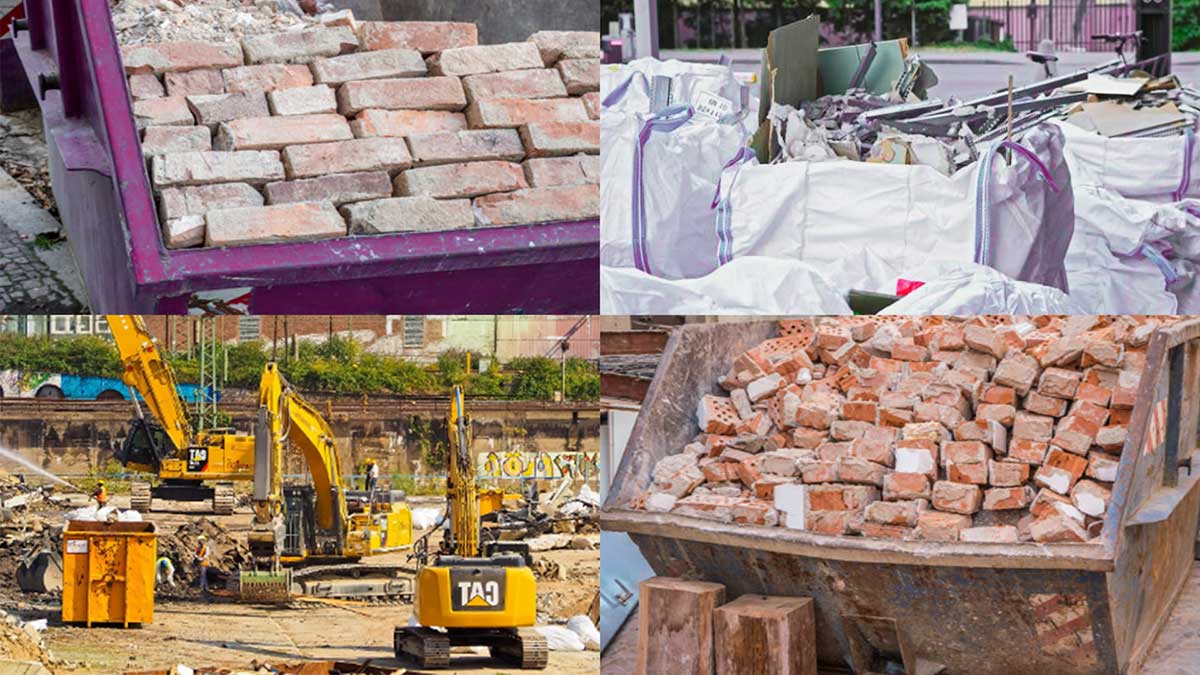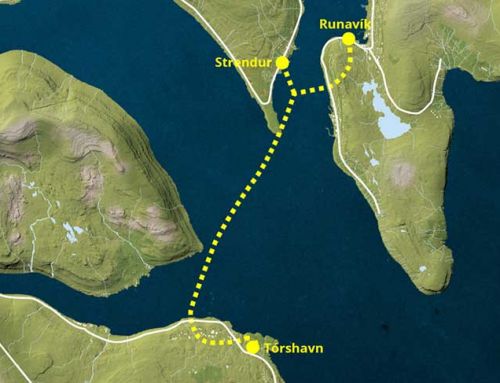One of the many advantages of the BIM (Building Information Modelling) methodology is its ability to significantly reduce waste during the construction of a project. The following are some of the ways in which BIM methodology achieves this goal:
–Design optimisation: designers create detailed virtual models that simulate all stages of the project, making it easier to identify design problems and correct them before physical construction begins. This reduces the need for costly modifications and associated waste generation.
–Efficient materials planning: With BIM methodology, we accurately track the materials required for construction. This avoids over-ordering and minimises waste.
-Construction waste management: During the construction phase, BIM models provide detailed information on the location, quantity and type of materials used. With this information, we strategically plan waste management on site.
–Identification of recyclable materials: BIM models label materials that can be recycled or reused, making it easier to separate and collect them on site.
–Optimisation of disposal routes: using the information provided by the model, we plan efficient disposal routes for waste generated at the construction site. In doing so, we minimise the time and resources required to transport waste to appropriate management facilities.
–Accurate waste estimation: we also produce an accurate estimate of the amount of waste that will be generated during the construction of the project, which helps in setting realistic waste reduction targets and managing waste efficiently.

In short, BIM methodology contributes to the overall sustainability of construction by reducing waste and minimising its environmental impact.
By David González Molina, BIM manager in the Architecture Department of Amusement Logic
RELATED STORIES
Newsletter



